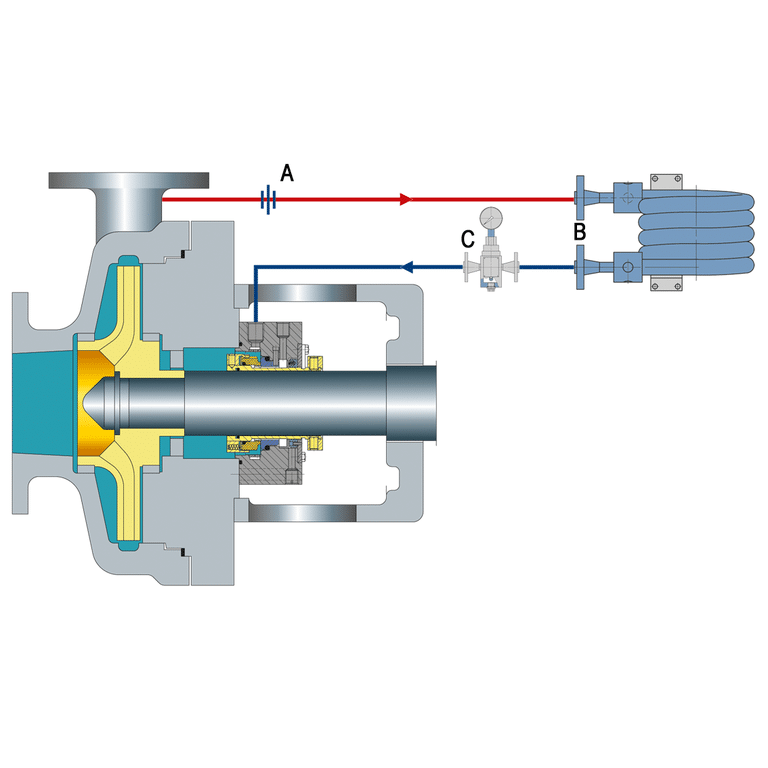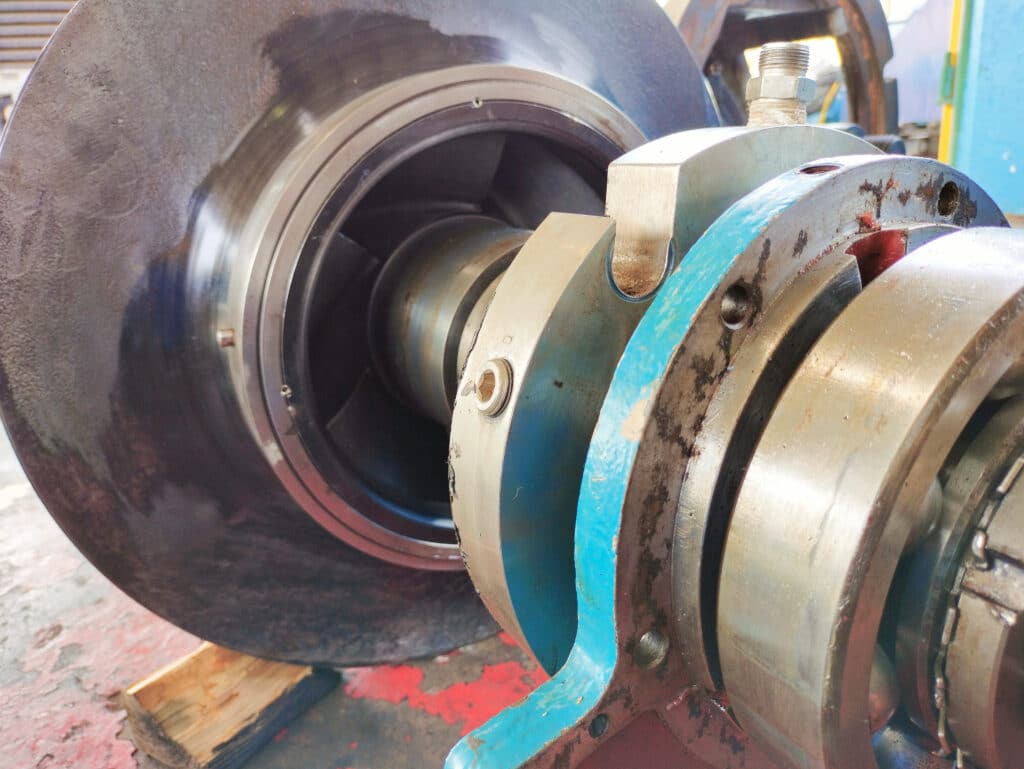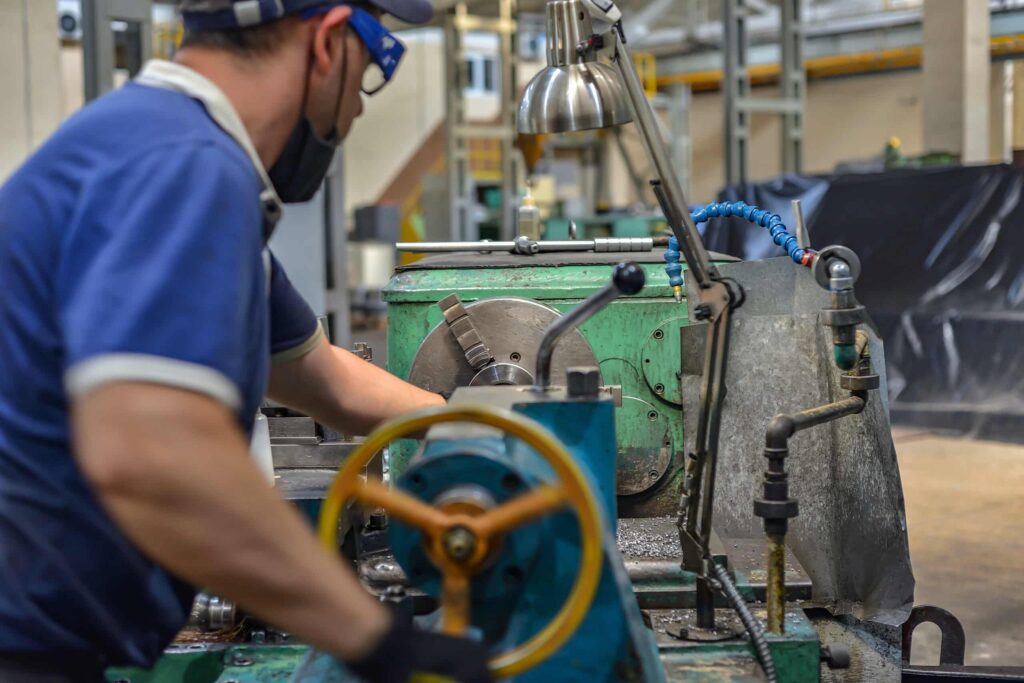Centrifugal pump mechanical seals are essential for preventing leaks. However, these seals can fail, leading to leakage.
This article explores the common causes of mechanical seal leaks in centrifugal pumps and provides tips for preventing them.
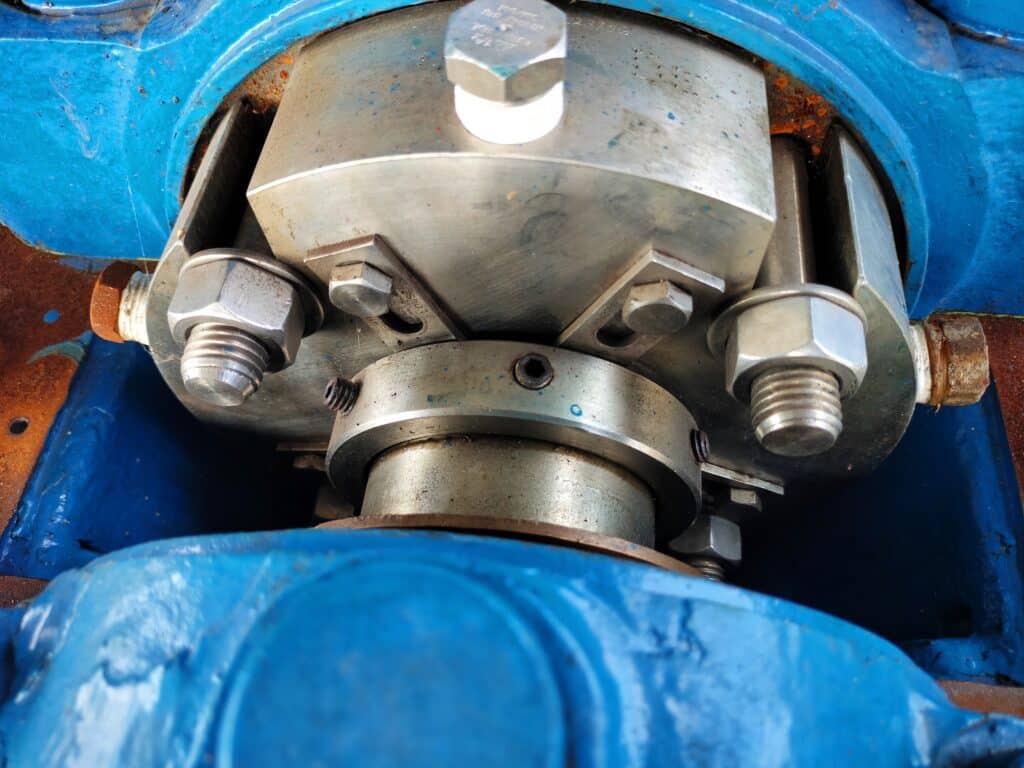
Common Causes of Mechanical Seal Leakage
Improper Seal Selection
Choosing the wrong seal for the application can lead to leakage. Factors like temperature, pressure, and fluid compatibility must be considered.
Improper Installation
Incorrect installation can damage the seal and cause leaks. Follow the manufacturer’s instructions carefully. Ensure proper alignment and avoid contamination during installation.
Improper Handling
Mishandling the seal before or during installation can cause damage. Handle seals with care and keep them clean. Avoid dropping or scratching the seal faces.
Dry Running
Running the pump without sufficient lubrication can damage the seal faces and cause leaks. Ensure proper lubrication at all times. Use a seal flush plan if needed.
Excessive Shaft Movement
Excessive shaft movement due to misalignment, vibration, or bearing wear can damage the seal and cause leaks. Regularly check and maintain proper alignment and bearings.
Changes in Operating Parameters
Alterations in pressure, temperature, or fluid composition can affect seal performance and cause leaks. Monitor operating conditions and adjust the seal accordingly. Use a seal suitable for the changed conditions.
Rapid Temperature Changes
Sudden temperature changes can cause thermal shock and damage the seal, leading to leaks. Use seals designed to handle rapid temperature fluctuations. Gradually change temperatures when possible.
Poor Lubrication
Inadequate lubrication can cause seal faces to overheat and wear prematurely, resulting in leaks. Ensure a consistent supply of clean, compatible lubricant. Use a seal flush plan if necessary.
Pumping Slurry
Abrasive particles in slurry can erode seal faces and cause leaks. Use seals designed for slurry applications with hard face materials. Consider using a flush plan to keep particles away from the seal.
Inadequate Flush Plan
An insufficient or incorrect flush plan can allow contaminants to damage the seal and cause leaks. Choose the appropriate flush plan for the application. Regularly monitor and maintain the flush system.
Coking
In high-temperature applications, fluid can solidify and build up on the seal faces, causing leaks. Use seal materials resistant to coking. Implement a flush plan to keep the seal faces cool and clean.
Heat Checking
Repeated thermal cycling can cause micro-cracks on the seal faces, leading to leaks. Use seal materials with high thermal shock resistance. Minimize rapid temperature changes when possible.
Normal Wear Over Time
Even with proper selection and maintenance, seals will wear over time and eventually leak. Regularly inspect seals for wear and replace them before they fail. Follow the manufacturer’s recommended replacement intervals.

Centrifugal Pump Mechanical Seal Troubleshooting
Check the Operating Conditions of the Pump
The first step in troubleshooting a leaking mechanical seal is to check the pump’s operating conditions.
- Ensure the pump is running within its designed parameters.
- Check the suction and discharge pressures.
- Verify the pump is not operating in cavitation or with excessive vibration.
- Check the temperature of the pumped fluid and the seal chamber.
Check Vibration Monitoring
Vibration is a common cause of mechanical seal failure.
- Check the vibration levels of the pump and motor. High vibration can cause seal faces to open an rapidly, leading to leakage.
- Ensure the pump and motor are properly aligned. Misalignment can cause excessive vibration and seal damage.
- Check the coupling for wear and damage.
Check the Flushing System
The flushing system is critical to the proper operation of a mechanical seal.
- Check the flushing fluid pressure and flow rate. Ensure the flushing fluid is clean and free of contaminants.
- Check the flushing fluid temperature. High temperatures can damage seal faces and elastomers.
- Verify the flushing fluid is compatible with the seal materials.
Check the Seal Support System
The seal support system includes the seal gland, sleeve, and spring.
- Check the seal gland for cracks or damage. Ensure the gland is properly aligned with the pump shaft.
- Check the seal sleeve for wear or damage. A worn sleeve can cause the seal faces to misalign, leading to leakage.
- Verify the spring is providing proper tension on the seal faces.
- Ensure the seal support system is properly assembled. Incorrect assembly can cause seal leakage. Follow the manufacturer’s installation instructions carefully.
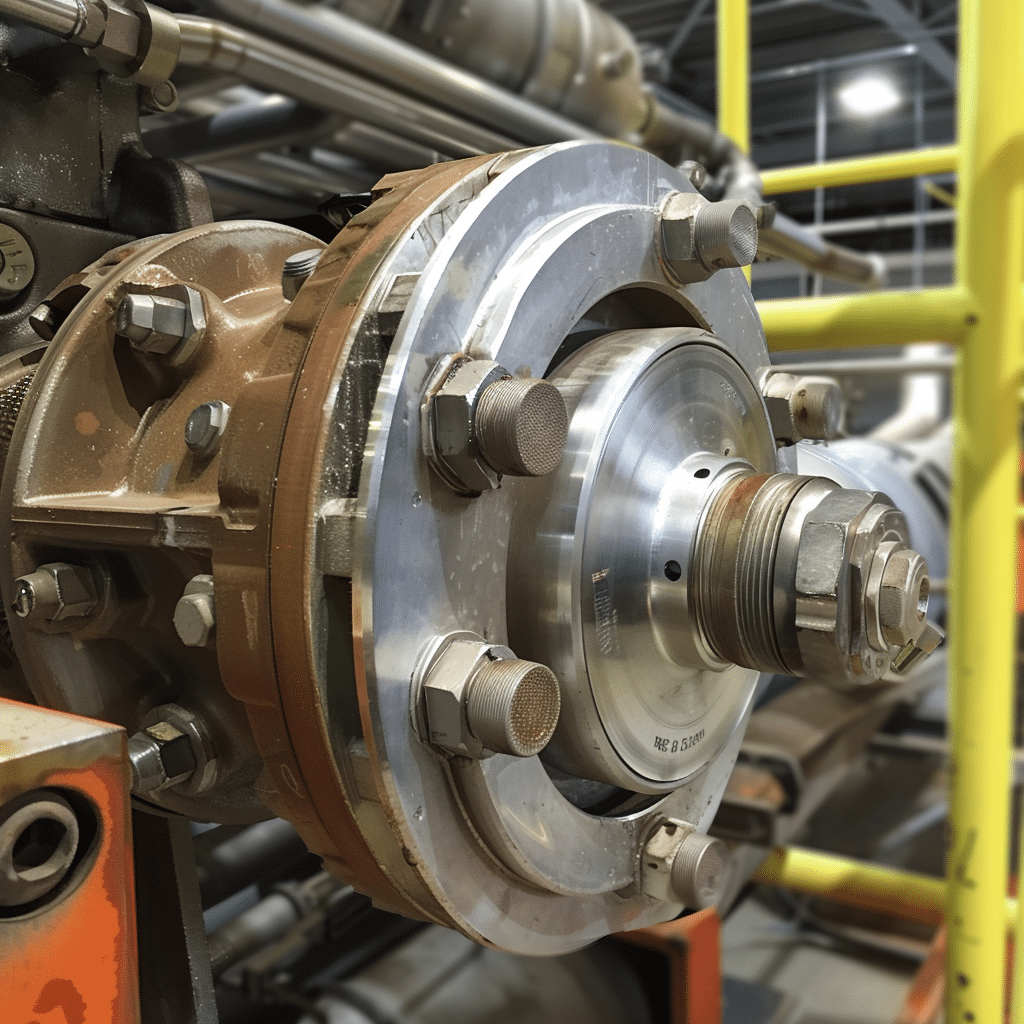
How to prevent mechanical seal failure
Choose the right mechanical seal
Consider factors such as the pumped fluid, operating conditions, and compatibility with the pump materials. Consult with seal manufacturers or experts to determine the most suitable seal type and material for your specific requirements.
Make sure the seal is installed correctly
Follow the manufacturer’s instructions and guidelines carefully during the installation process. Ensure that the seal faces are clean and free from damage or contamination. Align the seal components accurately and avoid excessive tightening or misalignment.
Avoid dry running
Dry running occurs when the mechanical seal operates without proper lubrication or cooling from the pumped fluid. This can lead to excessive heat generation, seal face damage, and leakage. Ensure that the pump is primed and the seal chamber is filled with the pumped fluid before starting the pump. Implement monitoring systems to detect and prevent dry running conditions.
Adequate lubrication
The lubricant helps to reduce friction and wear between the seal faces. It also helps to dissipate heat generated during operation. Ensure that the seal chamber is filled with the correct type and amount of lubricant. The lubricant should be compatible with the process fluid and the seal materials. Check the lubricant level regularly and top up as necessary.
Prevent excess heat generation
Excessive heat generation can cause thermal expansion, seal face distortion, and leakage. Ensure that the pump operates within its specified temperature range. Provide adequate cooling and ventilation to dissipate heat from the seal area. Consider using seal cooling systems or heat exchangers if necessary.
Maintain proper storage conditions
Improper storage of mechanical seals can lead to seal damage and leakage. Store seals in a clean, dry, and cool environment. Protect them from dust, moisture, and direct sunlight. Follow the manufacturer’s recommendations for storage temperature and humidity levels. Rotate the seal inventory to prevent prolonged storage and ensure the seals are used within their shelf life.
Use suitable materials
Select mechanical seal materials that are compatible with the pumped fluid and operating conditions. Consider factors such as chemical resistance, temperature tolerance, and abrasion resistance. Use seal face materials that provide optimal tribological properties and minimize wear and leakage. Consult with seal manufacturers to determine the most suitable material combinations for your application.
Proper pump operation
Avoid running the pump at off-design conditions or subjecting it to excessive vibration or cavitation. Ensure that the pump is operated at the recommended flow rates, pressures, and speeds. Follow the manufacturer’s guidelines for startup, shutdown, and operation procedures.
Regular maintenance
Inspect the seal regularly for signs of wear, damage, or leakage. Replace worn or damaged seal components promptly to prevent further deterioration. Perform routine maintenance tasks such as lubrication, cleaning, and adjustments as recommended by the seal manufacturer.
Monitor seal performance
Continuously monitor the performance of the mechanical seal to detect any abnormalities or leakage. Install appropriate monitoring devices such as pressure sensors, temperature sensors, or leak detection systems. Regularly check for signs of leakage, abnormal noise, or vibration. Address any issues promptly to prevent seal failure and minimize downtime.
Conclusion
Centrifugal pump seal leaks can be prevented with proper installation, maintenance and operating procedures. Regularly inspect seals for wear and damage. Address promptly to avoid costly failures.
Contact our experts today for personalized recommendations to keep your pumps running leak-free.
